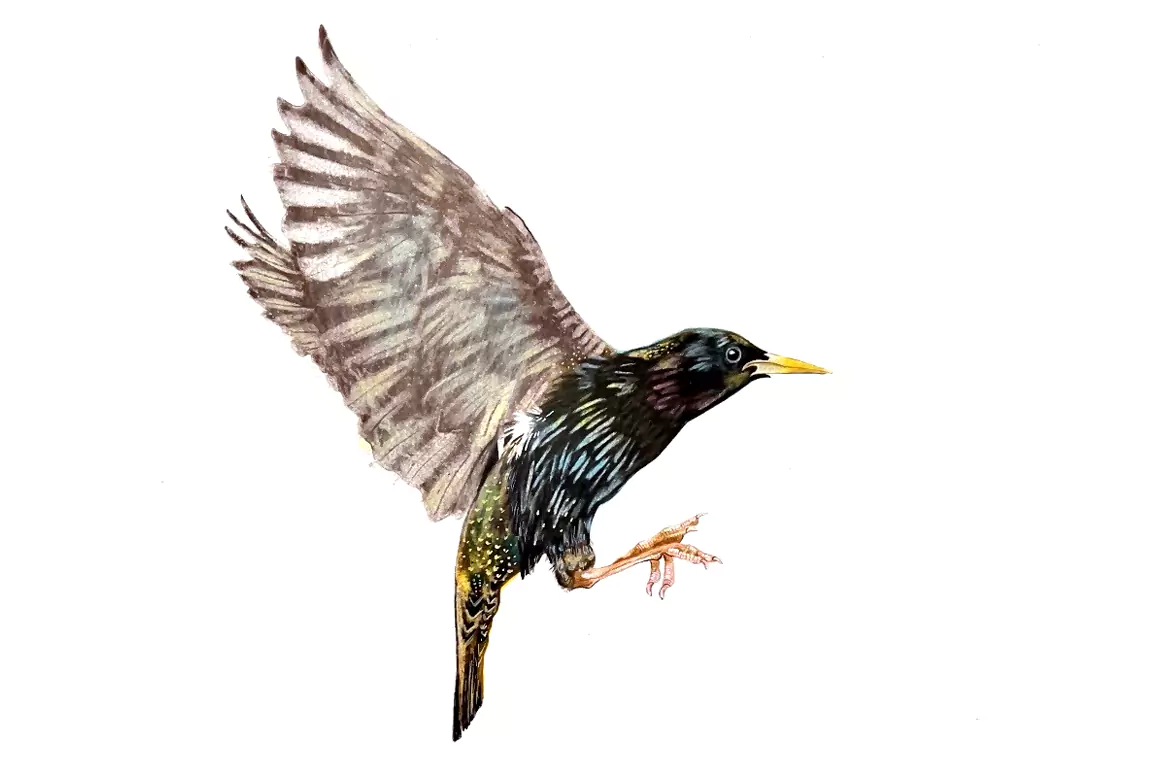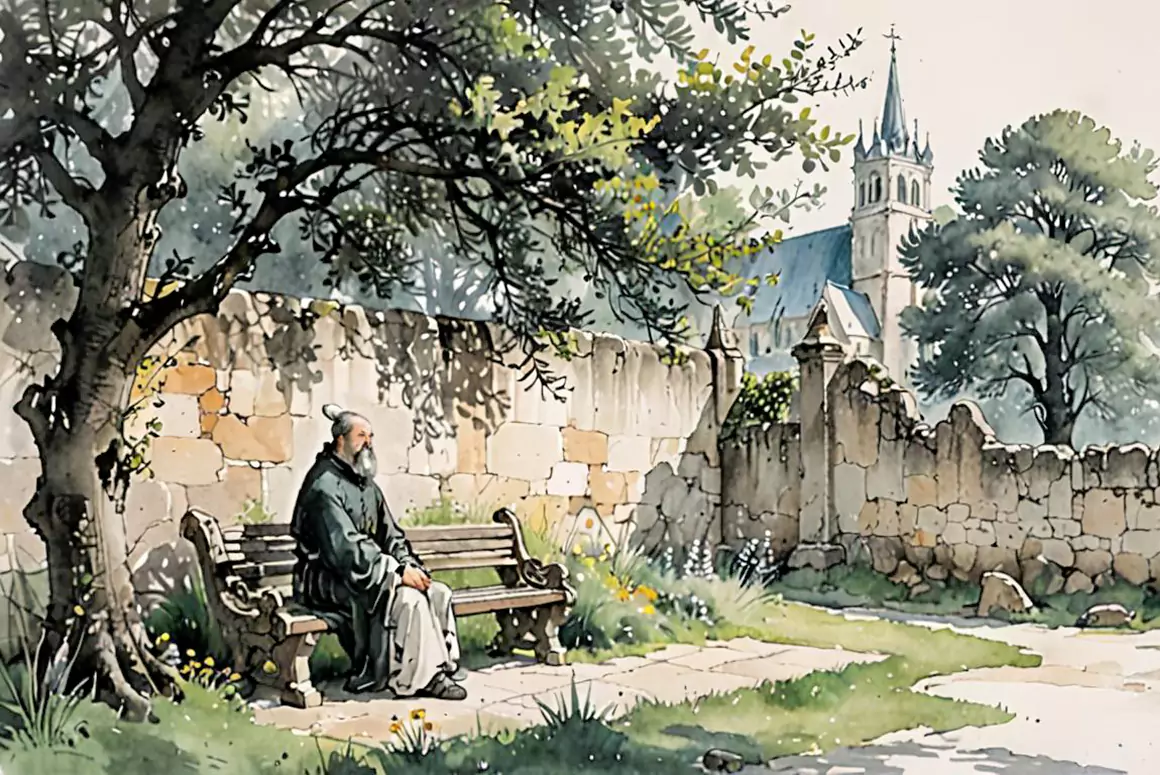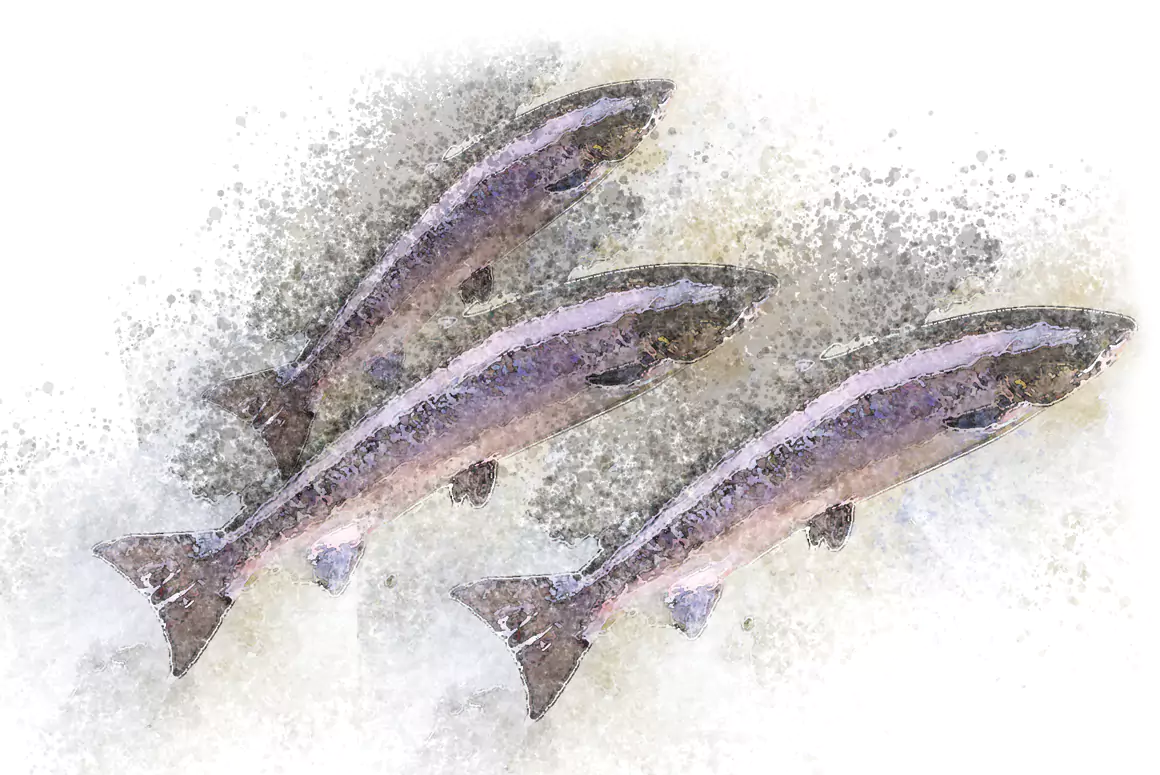“If only these walls could talk” is a phrase commonly uttered by those who visit old buildings such as stately homes and castles, heads tilted back and eyes agog, taking in every small historical detail and turning them into make-believe former glories. “What stories they would tell!” It’s easy in such places to become awestruck, and to have the imagination weave fine tapestries of fantasy, but even buildings of less age and less grandeur can inspire similar comments, even down to buildings such as my own home, a century and a quarter in age, a modest, terraced brick-and-mortar sentinel standing watch over a dozen lifetimes and more, most of them long since passed.
I am careful to use the word “home” here rather than house, and I do so for a very specific reason. If you swing by any new housing development these days, you will likely notice the billboards advertising ‘homes for sale’ or ‘find your new three-bedroom home here’, but I find this more than a touch disingenuous, for you cannot sell a home. A house, yes, but not a home, for it is people who make homes. As the years swing by, people fill the nooks, the crannies and the cubbies with a lifetime lived and a sackful of foibles, treasures and memories that make a place unmistakably theirs, even if only for the span of a few years. The building may be sold, but the home travels with the owner.
Despite this, however, I do believe that places can hold residual feelings of the past, and even develop characters of their own; it is simply a case of tuning into what these places have to tell us in the hope entering into some kind of dialogue with them.
It is easier to converse with houses and buildings. Architectural features and touches of decor all reflect fashions, practical considerations and, to a large extent, the personal tastes of not just the previous inhabitant but also the builder, so there is a conversation starter always ready to meet the eye. However, such discussions as these also take place outdoors and, in many ways, are much more interesting because, rather than carry the stories of a single owner or inhabitant, they are an amalgamation of so many fragments and passing moments that have accumulated with the footsteps of wayside wanderers and the slow journey of the centuries.
Footpaths are just such a case in point. Walk any well-known route and you’ll be presented with two options. First, there’s the tried and trusted track that everybody has taken since the path was established. So many feet have trodden that trail that the ground is bare, the way clear and the way communal. Over time these routes become like physical mnemonics, some so much in fact, that the countless journeys of those centuries and their ritualistic familiarity come to embed themselves into the geography of a place: sunken holloways are one such example, tree-fringed and secretive, repeated by rote and known intimately like local dialects – familiar, comfortable, and cut into the very contours of the landscape.
Yet despite this, walk any established route and you will always, at some point, stumble across a little side track, new and barely worn, leading off at a tangent from the established course, disappearing between trees or out of sight around a corner, for there will always exist that maverick element, the adventurer who, rather than following convention and the footsteps of others by shadowing the orthodox way, prefers to go it alone, searching for whatever is over that next hill, around the bend and beyond the horizon. For them the safety and familiarity of the known is always going to be there; for them the thrill of exploring the untried is like learning a new language completely; for them the conversation is always just beginning. After all, even the most established ways need to start somewhere, with someone.
These outdoor conversations are not linked to physical geography, however, as even water speaks to us in different ways. A child of the coast, I have spent the largest part of my life around water, whether it be through swimming or fishing, and so I have come to interpret it in my own way.
Near my home, a river winds its way down through the nearby valley, flowing through the heart of the town, and following the route of the river permits the casual wanderer entry into an ongoing and intimate conversation that has been taking place for millennia, as it has slowly but insistently cut its course through the valley. At certain places, the river is insistent, all flow and go on its hurry to meet with the sea; “I shall be late! I’m late!” it seems to say, echoing Lewis Carroll’s white rabbit. Despite this, following the river’s course will lead to lulls in the journey in which it displays its tardy forgetfulness too, dithering in eddies and small bankside clefts to dawdle and daydream, twirling a twig here, banking up a pile of leaves there, ever the procrastinator, before looping away in some sharp bend, its inquisitive nature taking it off and away once more, along a sideways turn to investigate some new and interesting feature on its way to the seashore.
The sea itself, however, is a very different proposition altogether. True, it is prone to more variation of mood than the river, calm and contemplative one day, bursting with rage and thrust the next, but its amnesiac tendencies persist. With each new tide that visits and departs, visits and departs, the beach, the strand is wiped clean of impressions in a “Nah, that’s not it. Try again” reboot of ideas, all smoothed sand and fresh starts. As the strand itself is levelled clean, at the top of the tideline will invariably be an assortment of oddments, from sticks to bottles, dead sea creatures, old netting and piles of wrack where the ocean seems to have cleared out its junk, looking for something misplaced or lost.
As water can be so contradictory, so too can the environments in which we choose to spend our time. All of us are used, by now, to the “din of towns and cities”, that attention-grabbing babble of traffic, humanity and endless bustling busyness that threatens to overwhelm and dominate thought and attention. Everything is new, or searching for the new, focused on what’s next – “Where should I go What do I need to do? Is there anything else?”, never settling and never satisfied, and there are many who love such endless bustle and chatter, forever seeking to be a part of the conversation, but when all of this becomes too much the perfect antidote is the nearest patch of woodland.
Step amongst even a small cluster of trees and you are placed within the very opposite of the town. Silence. So much simple silence. To be surrounded by trees is to be situated within the quietude of ages. This is not so much a conversation, then, but rather, a lesson, for if you listen long enough, the whispers begin. A gentle breeze stirs the sudden sighing shush: “Who is this? Why have they come to disturb us, to seek this silent place of ours?” Listening on, other sounds seem to respond in their own way, as though to fill the void: birdsong, flybuzz, the clattering of wings, the skittering of tiny paws all do their utmost to fill the awkward silence, life wending its way with words, sounds and songs to which, just by remaining still, observant and patient, we can find ourselves privileged listeners.





